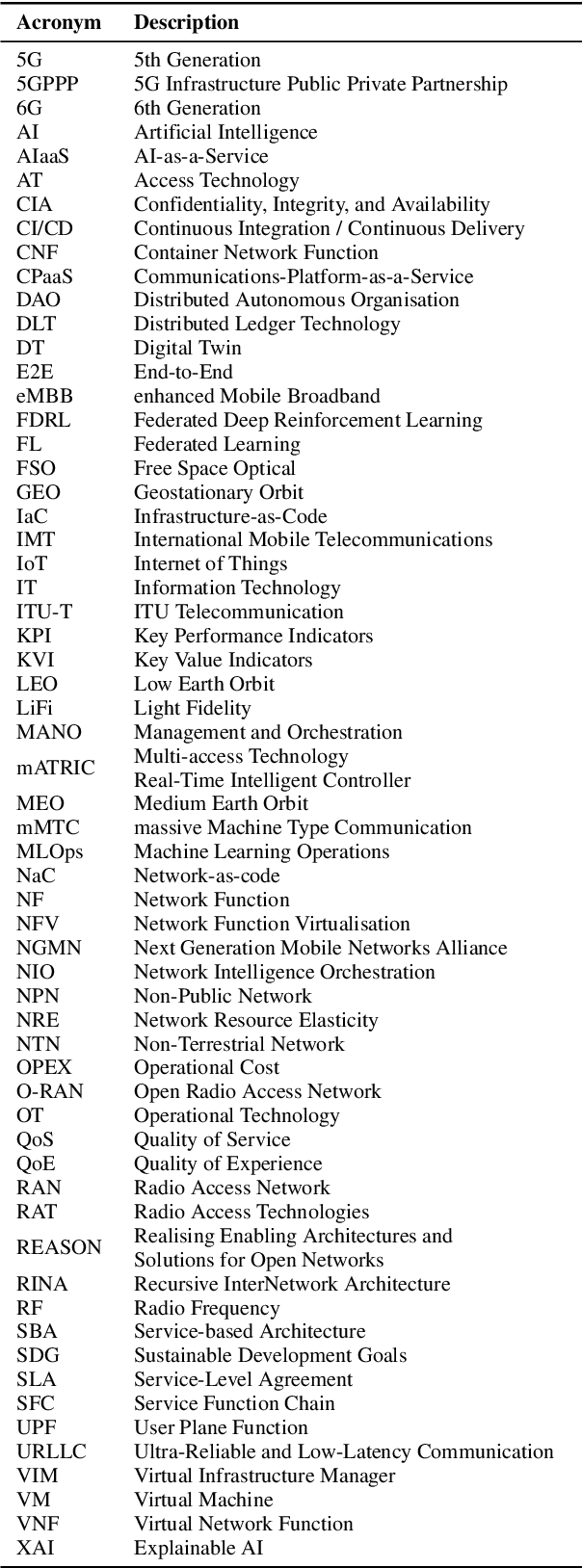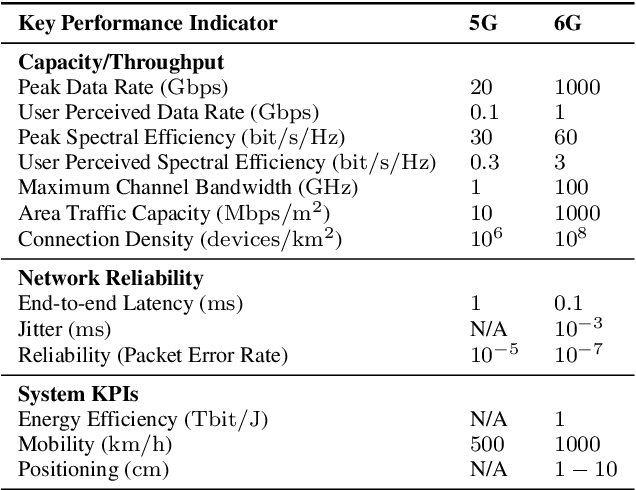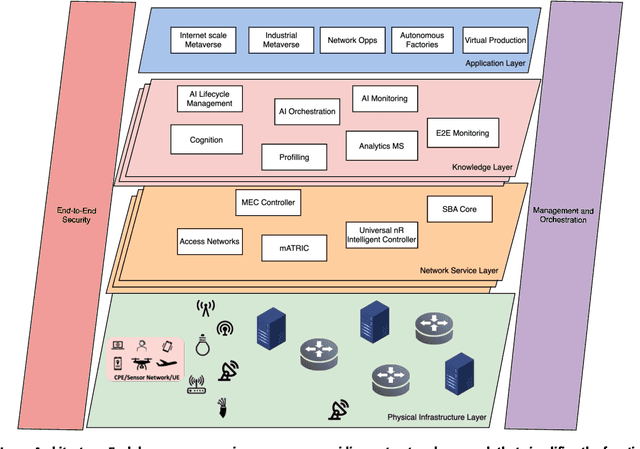Konstantinos Katsaros
Green MLOps to Green GenOps: An Empirical Study of Energy Consumption in Discriminative and Generative AI Operations
Mar 31, 2025Abstract:This study presents an empirical investigation into the energy consumption of Discriminative and Generative AI models within real-world MLOps pipelines. For Discriminative models, we examine various architectures and hyperparameters during training and inference and identify energy-efficient practices. For Generative AI, Large Language Models (LLMs) are assessed, focusing primarily on energy consumption across different model sizes and varying service requests. Our study employs software-based power measurements, ensuring ease of replication across diverse configurations, models, and datasets. We analyse multiple models and hardware setups to uncover correlations among various metrics, identifying key contributors to energy consumption. The results indicate that for Discriminative models, optimising architectures, hyperparameters, and hardware can significantly reduce energy consumption without sacrificing performance. For LLMs, energy efficiency depends on balancing model size, reasoning complexity, and request-handling capacity, as larger models do not necessarily consume more energy when utilisation remains low. This analysis provides practical guidelines for designing green and sustainable ML operations, emphasising energy consumption and carbon footprint reductions while maintaining performance. This paper can serve as a benchmark for accurately estimating total energy use across different types of AI models.
AI-Native Multi-Access Future Networks -- The REASON Architecture
Nov 25, 2024



Abstract:The development of the sixth generation of communication networks (6G) has been gaining momentum over the past years, with a target of being introduced by 2030. Several initiatives worldwide are developing innovative solutions and setting the direction for the key features of these networks. Some common emerging themes are the tight integration of AI, the convergence of multiple access technologies and sustainable operation, aiming to meet stringent performance and societal requirements. To that end, we are introducing REASON - Realising Enabling Architectures and Solutions for Open Networks. The REASON project aims to address technical challenges in future network deployments, such as E2E service orchestration, sustainability, security and trust management, and policy management, utilising AI-native principles, considering multiple access technologies and cloud-native solutions. This paper presents REASON's architecture and the identified requirements for future networks. The architecture is meticulously designed for modularity, interoperability, scalability, simplified troubleshooting, flexibility, and enhanced security, taking into consideration current and future standardisation efforts, and the ease of implementation and training. It is structured into four horizontal layers: Physical Infrastructure, Network Service, Knowledge, and End-User Application, complemented by two vertical layers: Management and Orchestration, and E2E Security. This layered approach ensures a robust, adaptable framework to support the diverse and evolving requirements of 6G networks, fostering innovation and facilitating seamless integration of advanced technologies.
 Add to Chrome
Add to Chrome Add to Firefox
Add to Firefox Add to Edge
Add to Edge